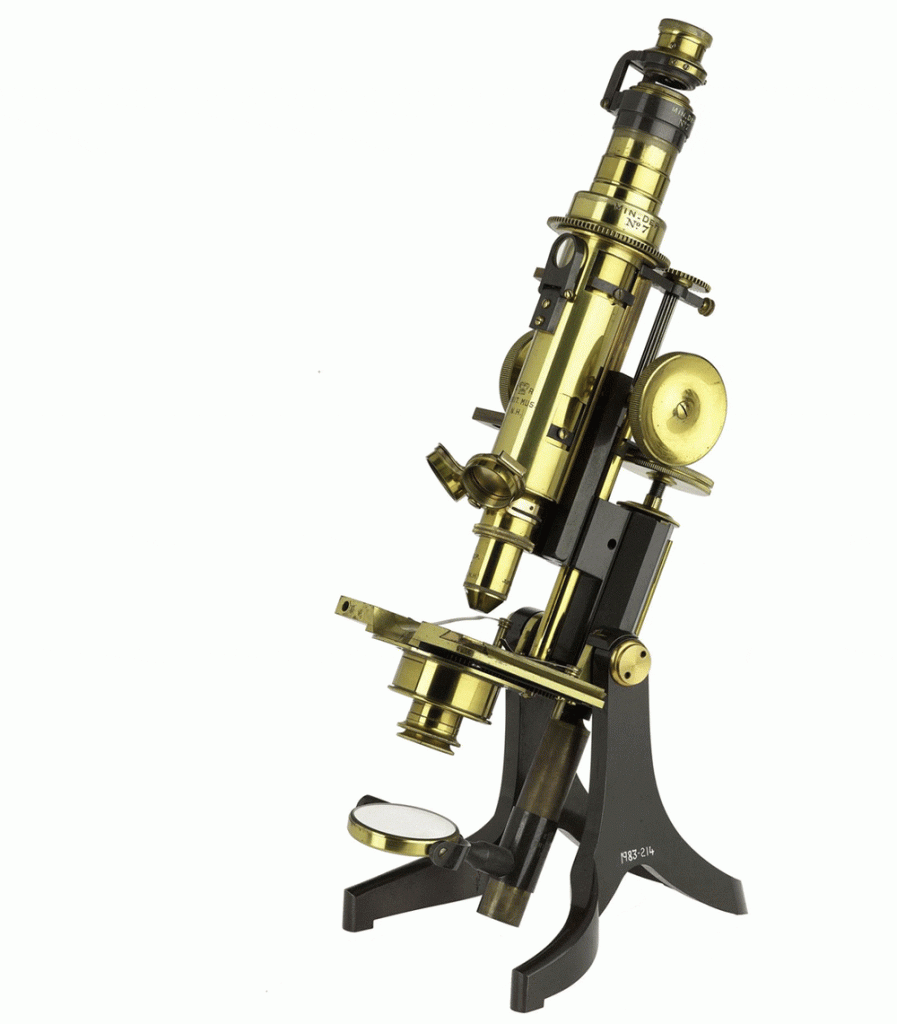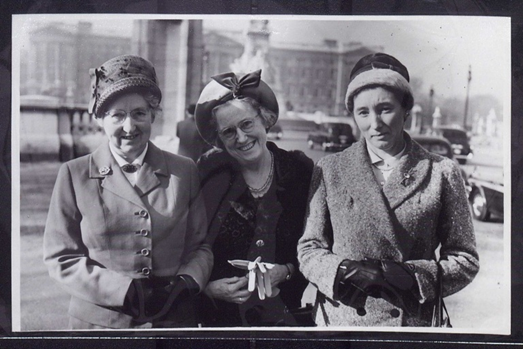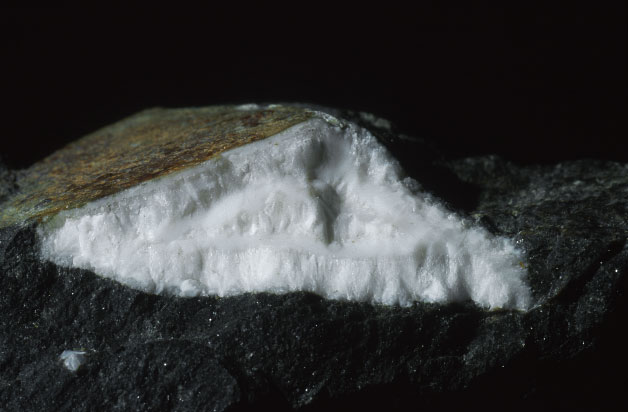There are a number of petrological microscopes in our collections, but what makes this example stand out is that we know about the person that owned and used it, mineralogist and historian Jessie M Sweet (1901 – 1979).

Jessie studied Geology at The University of Edinburgh and moved to London in 1927 to take up a temporary post in the Mineralogy department (Natural History) at the British Museum.
This temporary position was the beginning of a 30-year career in the museum sector, and she published widely on the collections held by the British Museum. Her publications included a comprehensive listing of Hans Sloane’s mineral collection and an article on what now sounds like a ‘hazards in collections’ nightmare, Benjamin Franklin’s Asbestos Purse.
Dedication during the Second World War
During the Second World War, Jessie was one of a dedicated group of museum staff and members of the public who braved the London Blitz to ensure the collections that remained at the museum were kept safe.
After the war, Jessie was faced with the mammoth task of reorganising the storage of the mineral collection and reinstating the mineral exhibition.
Her dedication to her work, her significant research output and most notably, her generosity in sharing her findings and willingness to help others was recognised in 1961 when she was awarded an MBE.

Discovery of new mineral specimens
As well as working on existing mineralogical specimens, Jessie was an active collector. While on holiday on the Isle of Skye in the early 1960’s she discovered a new specimen of mineral that was named Tacharanite, a name based on the gaelic word “tacharan” meaning a changeling.
“It was originally thought that the mineral altered over time to other minerals and the name was chosen to reflect this. However, our specimens have remained as they are and have not altered.”
Peter Davidson, Senior Curator of Mineralogy at National Museums Scotland

This sample of Tacharanite was collected in the early 1990s by Peter Davidson, Senior Curator of Mineralogy, and Brian Jackson, former curator at National Museums Scotland, from a small quarry at Lealt, about 7km south east of Staffin on the Isle of Skye. The tacharanite is the white band that is sandwiched between the more fibrous thomsonite which both surrounds it and fills in the central part. The matrix is composed of lava widely distributed across the northern part of Skye.
Retirement in Edinburgh
In 1961, Jessie retired and moved back to Edinburgh. Dr Douglas A Allan (an old friend and then Director of the Royal Scottish Museum), suggested that she should come and work on our collections.
Here she was able to pursue her research interests on the provenance of collections and over the next 16 years she devoted her time to studying the work of Professor Robert Jameson, who played an integral role in the creation of the Royal Museum of Science & Art.
Jessie M Sweet was given a posthumous honour when in 1984, a new mineral discovered in a limestone quarry near Ashover in Derbyshire was named after her.
If you would like to read more about some of Jessie’s varied work, we have a number of her publications in the National Museums Scotland library and you can see her microscope on display in Microscopes: Nature Revealed until Sunday 15 September 2019 at the National Museum of Scotland.
Further reading
National Museums Scotland: The story of microscopes
Natural History Museum during the First and Second World Wars
